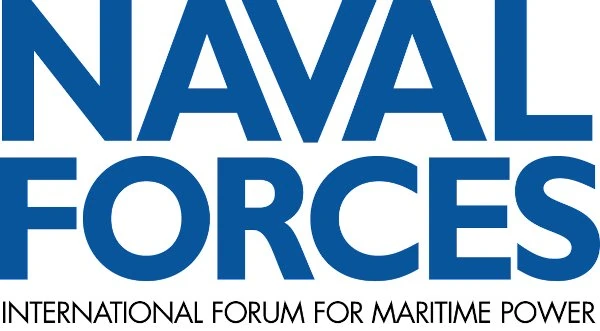Interview with Admiral Michel Hofman, outgoing Chief of Defence, Belgian Armed Forces

One 10 July 2020, Admiral Michel Hofman was named as the new Chief of Defence (CHOD) of the Belgian Armed Forces, the highest position within the national armed forces.
The propulsion system of the German F126 frigate
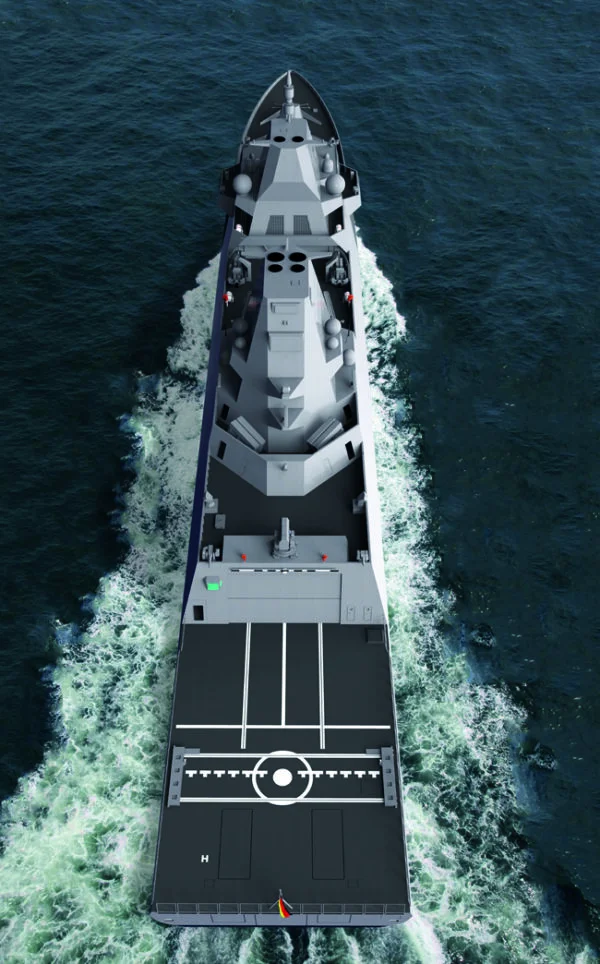
Although these are very capable systems, the trend towards smaller, less skilled crews led to a need for simpler, yet flexible and highly automated propulsion systems. With the F126 frigate, the German Navy is introducing a number of innovations to the world of ship propulsion. Naval Forces spoke to the project manager of the German BAAINBw
Multifunctional naval intelligence on the rise

The rapidly developing communication technologies in the commercial sector provide opportunities for the naval industry to meet military communications needs and new requirements in the maritime combat environment.
EUROSATORY 2024
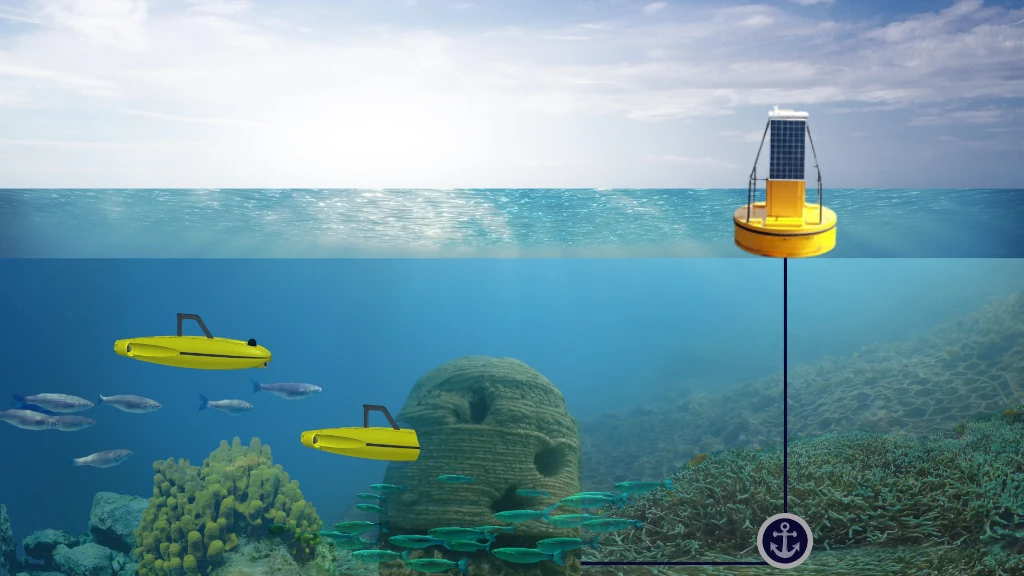
On 17 June, Arkeocean, the Cyprus Marine and Maritime Institute (CMMI), Lanego and SignalGeneriX Ltd have signed a research and development agreement to co-develop a solution called EONIOS, a micro-AUV swarm system with AUV docking stations integrated in nature-based artificial reefs. The EONIOS system will explore and
Strengthening the Surface Fleet – Germany Increases F126 Frigate Programme to Six Unit

The Budget Committee of the German Bundestag (Parliament) has given ‚green light‘ for the procurement of two additional Type F126 frigates for the German Navy. The new-construction project is now worth some €3.1 billion, according to an announcement from the Committee’s meeting on 12 June.
STERENN DU
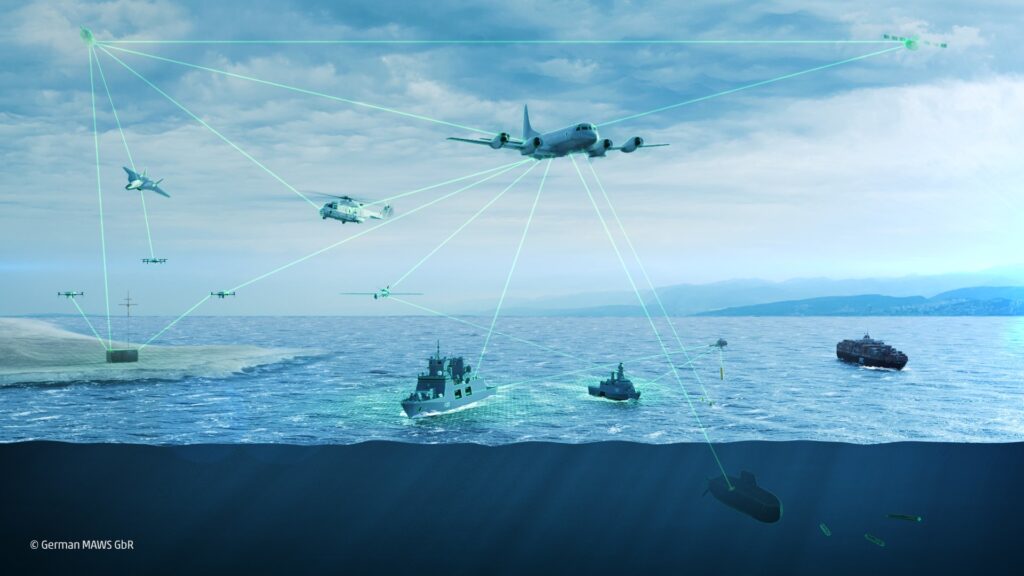
The German MAWS GbR – consisting of ESG Elektroniksystem- und Logistik-GmbH, HENSOLDT Sensors GmbH and Diehl Defence – received the order for the second national supplementary study for the German-French project on 25 April.
“Thordonizing” Vessels
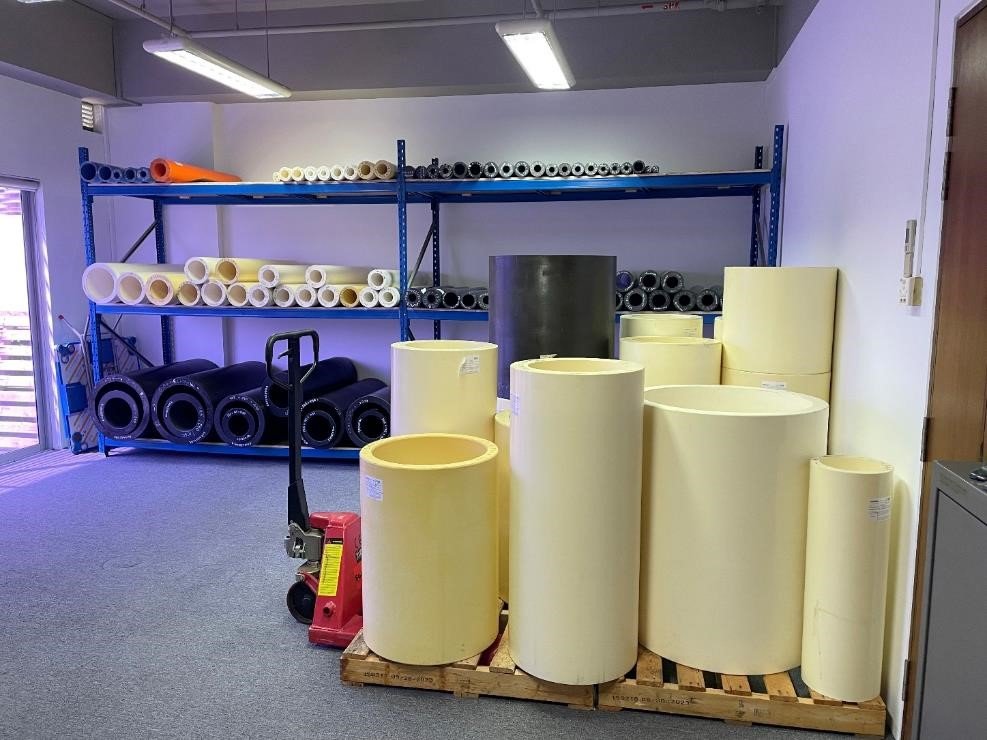
Singapore-based NewShore Solutions Pte Ltd has become the latest addition to Thordon Bearings’ network of authorized distributors, with responsibility for increasing the Canadian bearing and seal manufacturer’s presence in both Singapore and Malaysia.
Tyrfing

Kongsberg Defence & Aerospace, along with its German partners Diehl Defence and MBDA Deutschland, have teamed to ensure the successful development of the future Norwegian-German SuperSonic Strike Missile (3SM) known as Tyrfing. The Norwegian government announced this initiative in November 2023 and the industry team essential for the success of this project have now entered their partnership agreement.
Spanish Navy: First indigenously-built submarine sets international standards
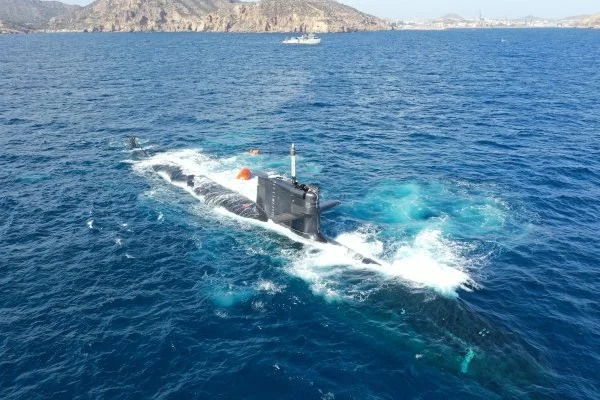
The commissioning of the first boat, SPS Isaac Peral (S 81), on 30 November 2023, is a significant milestone for the Spanish Navy (Armada). She was expected to be launched after summer 2020, but due to the COVID-19 crisis, the project has been delayed. It is suggested that the building of four S-80 submarines will help strengthen Spain’s naval defence capabilities at a regional and
Mission-critical communications

High throughput satellite (HTS) technology has proven to be an essential aspect of high data rate communications for government and first responder beyond-line-of-sight (BLOS) connectivity in remote areas of the world where cellular and terrestrial communication paths are not available or dependable.
